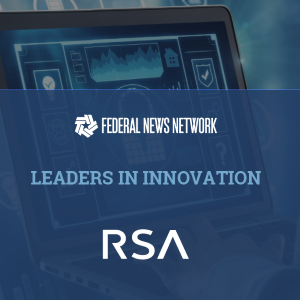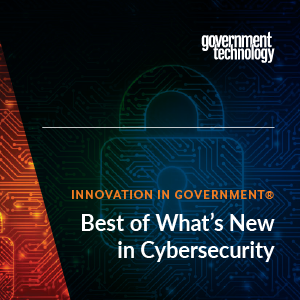Last week, international scientists made headlines by successfully cracking a 50-bit RSA encryption integer using D-Wave’s Advantage quantum computer. While it’s true that a 50-bit key is vastly smaller than the 2048-bit keys used in modern RSA encryption, the significance of this achievement lies in how it was done. Unlike traditional attacks based on Shor’s algorithm and quantum gate computers, the researchers utilized a quantum annealing system, designed for optimization rather than direct factoring. This shift in approach raises important questions about the timeline for when quantum computers could crack full-scale RSA encryption, potentially accelerating the threat to current cryptographic standards far sooner than expected.

For years, the vulnerability of public key encryption has been understood primarily as a factoring problem, since the security of encryption algorithms like RSA relies on the difficulty of factoring large composite numbers. Shor’s algorithm, widely regarded as the most probable path to breaking public key encryption, is designed specifically to factor these numbers exponentially faster than classical methods, posing a significant future threat to encryption systems. However, in a surprising turn, the international researchers in this recent attack used a quantum annealing computer, which is designed for optimization tasks, not factoring. This innovative approach represents a completely different method of breaking RSA encryption, highlighting that the threat from quantum computing may emerge from unexpected directions, advancing the risk timeline beyond what many experts anticipated.
This breakthrough also underscores the growing versatility of quantum annealing in solving problems once thought exclusive to gate-based quantum computers. Traditionally, annealing systems have been seen as ideal for optimization problems in fields such as logistics, material science, and machine learning—not for cryptographic attacks. However, the international researchers effectively re-framed RSA decryption as an optimization challenge, unlocking new potential in quantum annealing. While quantum annealing computers like D-Wave’s systems were not originally designed for factorization tasks, this achievement raises important questions about their ability to scale to larger key sizes and tackle more complex encryption algorithms. If quantum annealing can be adapted for cryptography at higher levels, it could potentially shorten the timeline for when quantum computers might become a real-world threat to encryption standards. Though hurdles remain, this new approach widens the scope of quantum threats to cryptographic systems, showing that the race to quantum-safe encryption may need to accelerate.
In conclusion, this breakthrough in quantum annealing highlights the increasing urgency for federal agencies to prioritize their post-quantum encryption (PQE) transition. The rapid evolution of quantum computing, coupled with the potential for new cryptographic vulnerabilities, underscores the need to meet the milestones set by NSM 10 and OMB 23-02. Agencies that have not yet initiated or fully engaged in this process risk falling behind as quantum advancements accelerate. The time to act is now—establishing cryptographic leadership, conducting comprehensive inventories, and securing appropriate resources are critical first steps. Preparing today will ensure the resilience of federal systems in a quantum-enabled future.
To learn about the latest standards set forth by NIST and how Marion Square can support your Quantum Computing and compliance initiatives, view our webinar, “Mastering NIST PQE Standards: A Guide for Federal Compliance.”

 The Future of FIDO
The Future of FIDO